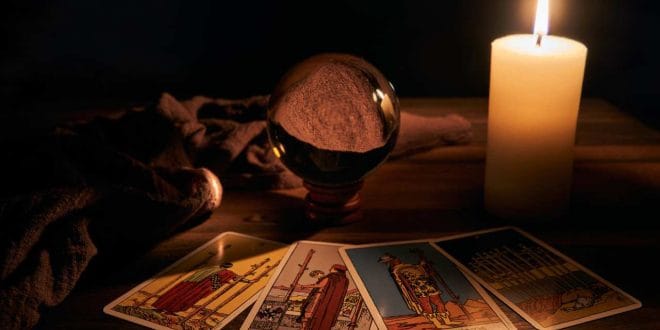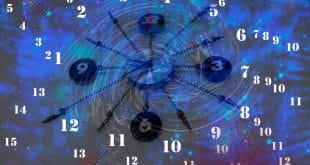Tarot cards have been used for centuries as a tool for divination, self-reflection, and guidance. Whether you’re a beginner or looking to deepen your understanding, this article will help you grasp the basics of tarot, focusing on the Major and Minor Arcana.
What is Tarot?
Tarot is a deck of 78 cards, each with its own imagery, symbolism, and story. These cards are divided into two main sections: the Major Arcana and the Minor Arcana. Together, they form a comprehensive system that can offer insights into various aspects of life.
The Major Arcana
The Major Arcana consists of 22 cards, each representing significant life events, spiritual lessons, and deep psychological themes. These cards are often seen as the backbone of the tarot deck, providing the most profound insights during a reading. Here are a few key cards from the Major Arcana:
- The Fool – Symbolizes new beginnings, potential, and taking a leap of faith.
- The Magician – Represents manifestation, resourcefulness, and the power to create.
- The High Priestess – Signifies intuition, mystery, and inner wisdom.
- The Empress – Embodies fertility, abundance, and nurturing energy.
- The Emperor – Stands for authority, structure, and control.
- The Lovers – Indicates love, relationships, and choices.
- The Wheel of Fortune – Represents change, cycles, and fate.
- The Tower – Signifies upheaval, sudden change, and revelation.
- The Star – Symbolizes hope, inspiration, and healing.
The Minor Arcana
The Minor Arcana consists of 56 cards, divided into four suits: Wands, Cups, Swords, and Pentacles. Each suit represents different aspects of daily life and human experience.
Suits and Their Meanings
- Wands – Associated with creativity, action, and ambition. The element of fire governs this suit.
- Cups – Represents emotions, relationships, and intuition. It is linked to the element of water.
- Swords – Symbolizes intellect, conflict, and decision-making. The element of air governs this suit.
- Pentacles – Relates to material aspects, such as finances, work, and health. It is associated with the element of earth.
Court Cards
Each suit in the Minor Arcana has four court cards: Page, Knight, Queen, and King. These cards often represent people or personality traits and can provide additional context in a reading.
- Page – Symbolizes youthful energy, curiosity, and potential.
- Knight – Represents action, pursuit, and movement.
- Queen – Embodies maturity, nurturing, and understanding.
- King – Stands for authority, leadership, and mastery.
How to Use Tarot Cards
Using tarot cards involves a combination of intuition and knowledge of the card meanings. Here are some steps to get you started:
- Shuffle the Deck – Focus on your question or the area of life you seek guidance on.
- Draw the Cards – You can draw a single card for a quick insight or use a spread for more detailed readings.
- Interpret the Cards – Consider the imagery, symbolism, and traditional meanings of the cards. Trust your intuition to guide you.
Common Tarot Spreads
- One-Card Spread – Ideal for quick insights or daily guidance.
- Three-Card Spread – Often used to explore past, present, and future influences.
- Celtic Cross Spread – A more complex spread providing a comprehensive overview of a situation.
Conclusion
Tarot is a powerful tool that can offer deep insights and guidance. By understanding the Major and Minor Arcana, you’ll be better equipped to interpret the cards and apply their wisdom to your life. Remember, the key to mastering tarot is practice, intuition, and an open mind.
Happy reading!
 Lifeved The Keys to a Better
Lifeved The Keys to a Better



 by
by